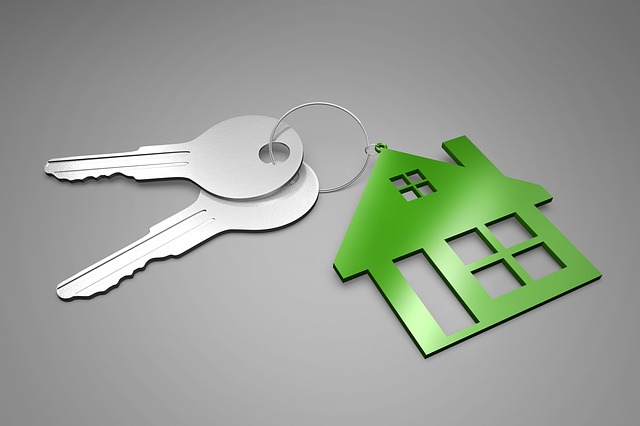Property inspection is one of the processes or the method of assuring that a house will be a suitable home for a prospective buyer. With this, a licensed inspector will be the person who will provide the preliminary and final inspection services for the property. The people who will be paying the fees for the inspector should be both the buyer and the seller since the process will benefit the two parties.
Inspecting the property is similar to acquiring a property evaluation and assessment. This inspection process will happen before, during, and within the duration or the date stated on the property agreement. An inspection is also evidently observed whenever a property will have to be appraised or will undergo a property appraisal before the actual date of selling or naming the property as part of a mortgage deal.
What’s in a Verification of Property Condition?
A verification of property condition is a single type of property verification form which is used by the buyer and an inspector for the final property inspection. This document will contain and highlight the following information:
- The Property Address. The address should have the complete street and house number of the property.
- The Purpose of the Inspection. This is similar to stating the objectives and goals in a contract agreement wherein the buyer and the seller will know what they are responsible of and what they will be dealing with. However, the main purpose of this document is to meet the buyer’s satisfaction about the property’s condition.
- The Agreement of the Parties. Commonly, the document will focus on the buyer’s terms and understanding since the document’s purpose is to meet his satisfaction. However, the seller must clearly state in this document the specific agreement which is connected to the property inspection such as the matter about the property’s similar condition on the date that the parties have signed the purchase offer form. Another agreement is about the completion of the damaged areas in the property which was catered by the seller or the property owner.
- The Listed Exceptions. Though the owner is the person who is held responsible for curing and fixing the damaged pieces in the property, he will not be liable for every request made by the buyer. All the exceptions and the limitations of the repair should be clearly outlined and described in this area to allow the buyer in understanding the means of the seller.
- The Acknowledgement. This area will indicate a statement about a hold harmless agreement on behalf of the realtors or the broker’s agency. Therefore, any inconvenience with regards to the inspection will be up to the liability of both the buyer and the seller.
- The Receipt. In this document, the representation of the buyer and the seller’s signatures will signify and work as part of a purchase receipt form. These signatures will certify that the statements found on the document are hereby true and indeed were agreed by the involved parties.
Regardless of the involvement of the seller, all the property evaluation and inspection should be based on the personal preferences and needs of the buyer to assure that the buyer will be satisfied with the payment that he will provide to the seller as he purchases the property.
Related Posts
-
FREE 50+ Application Verification Forms Download – How to Create Guide, Tips
-
FREE 50+ Medical Insurance Verification Forms Download – How to Create Guide, Tips
-
FREE 6+ Pregnancy Verification Forms Download – How to Create Guide, Tips
-
FREE 10+ Verification of Mortgage Forms Download – How to Create Guide, Tips
-
Enrollment Verification Form
-
FREE 30+ Attendance Verification Forms in PDF | MS Word
-
FREE 4+ Employment Eligibility Verification Forms in PDF
-
FREE 5+ Auto Insurance Verification Forms in PDF
-
FREE 11+ Medical Health Insurance Verification Forms in PDF
-
FREE 8+ VIN Verification Forms in PDF
-
Bank Verification Form
-
Notary Verification Form
-
Proof of AA Attendance Form
-
Tenant Employment Verification Form
-
Verification Certificate Form
